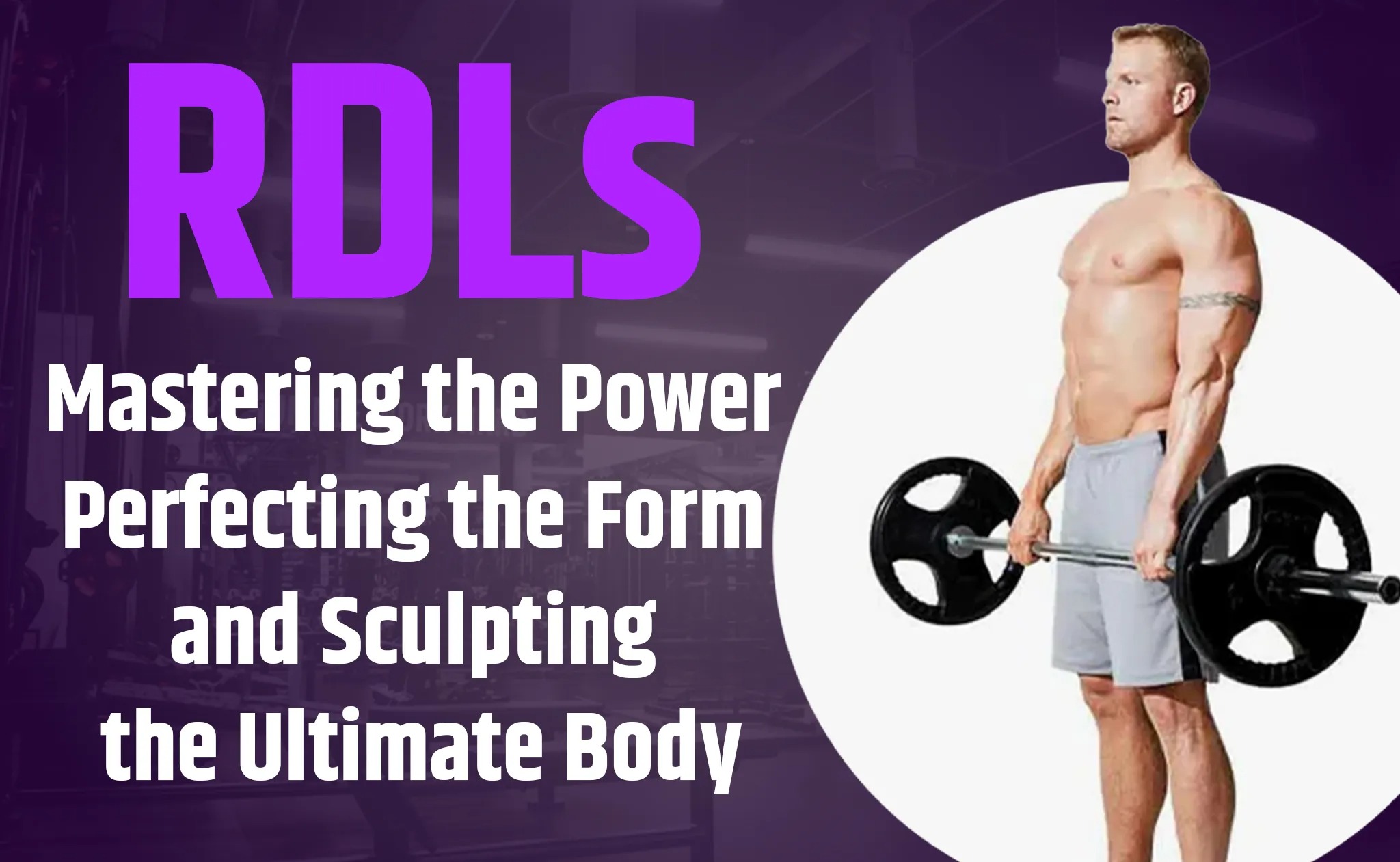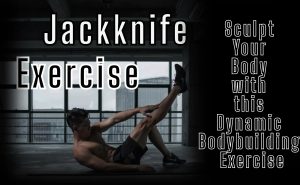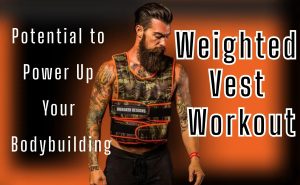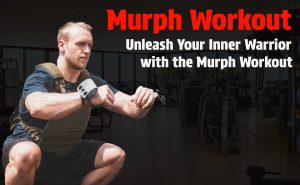The deadlift is a fundamental exercise that targets multiple muscle groups, including the legs, back, and core. By lifting a loaded barbell from the ground to a standing position, you engage your entire body, building strength and power. One popular variation is the Romanian Deadlift (RDL). I will show you on a while why RDL is one of the most popular and effective deadlift variation.
RDL Meaning: Understanding the Basics
RDLs stand for Romanian Deadlifts, a popular strength training exercise that targets the posterior chain muscles in your lower body. RDLs can be done with a barbell, dumbbells, or kettlebells. They are a versatile exercise that can be part of different workout routines. When you do RDLs, you target muscles like the glutes, hamstrings, and lower back. By regularly including RDLs in your workouts, you can build strength and muscle in these areas. This can improve your athletic performance and overall health.
RDL Benefits and Importance
RDLs offer a range of benefits that make them an important exercise to include in your training routine. Let’s explore some of these benefits and why RDLs should not be overlooked.
RDL Way to Sculpt Your Lower Body
When it comes to developing a strong and toned lower body, RDLs are a fantastic choice.
- Targets the glutes, hamstrings, and lower back, this exercise helps to build muscle and improve strength in these areas.
- The controlled movement of hinging at the hips and lowering the weight engages the posterior chain muscles, leading to a firmer and more defined lower body.
RDL Hidden Perks: Strengthening Your Core
While RDLs primarily focus on the posterior chain, they also engage and strengthen your core muscles.
- By maintaining a flat back and bracing your abdominal muscles during the movement, you create stability, preventing any excessive arching or rounding of the spine.
- This not only promotes better posture but also enhances your overall functional strength needed for daily activities.
Step-by-Step Technique for Performing RDLs
When it comes to performing exercises like RDLs, proper form is essential to prevent injury and make the most of your workout. Here’s a step-by-step guide to mastering the proper technique for RDLs:
- Begin standing with your feet shoulder-width apart and a slight bend in your knees.
- Hold your chosen weight in front of your thighs with your palms facing down.
- Hinge forward at the hips and keep your back flat, making sure to engage your core and brace your abs.
- Lower the weight down towards the floor while pushing your hips back, keeping the weight close to your shins. Making your knees slightly bent.
- Once you reach your maximum depth, pause, then engage your glutes and hamstrings to lift the weight back up to your starting position.
NOTE: Remember to maintain proper form throughout the exercise by keeping your back straight, your chest lifted, and your shoulders back.
RDL Variations and Progressions
If you’re looking to take your RDL workout to the next level, incorporating variations and progressions can add a new challenge and keep your muscles guessing.
Single-Leg RDLs: Balancing Strength and Stability
The single-leg RDL is a fantastic variation that not only targets the glutes and hamstrings but also challenges your balance and stability.
- Stand on one leg and extend the opposite leg behind you.
- Lower the weight towards the floor while keeping your hips squared and your back straight.
This variation requires you to engage your core muscles and improves functional strength as you work to stabilize your body on one leg.
Romanian Deadlift with Resistance Bands: Amping Up the Intensity
Using resistance bands can add extra resistance and increase the intensity of your RDL workout.
- Attach a resistance band to a stable anchor point and step on the band with your feet spaced hip-width apart.
- Hold the other end of the band with both hands, and perform the RDL with the band pulling against your movement.
This variation provides constant tension throughout the exercise, maximizing the engagement of your muscles.
Dumbbell or Kettlebell RDLs: Classic meets Intensity
Adding dumbbells or kettlebells to your RDLs can intensify your workout and strengthen your muscles further.
- Hold a dumbbell or kettlebell in each hand with an overhand grip and let them hang by your sides.
- Follow the same RDL technique as before, hinging at the hips and lowering the weights towards the floor.
Unleashing the Beast Within: Progressing from Novice to Pro RDLs
As with any other exercise, progressing from a novice to a pro in RDLs requires consistency, patience, and proper technique.
- Perfect your form: Focus on maintaining a flat back, engaging your core, and hinging at the hips properly. This foundation will set you up for success as you progress.
- Gradually increase weight: Start with lighter weights and gradually increase the load as your strength improves. The key is to find the right balance between challenging yourself and maintaining proper form.
- Increase reps and sets: Once you’ve mastered the proper form and feel comfortable with the weight, you can increase the number of repetitions and sets to further strengthen your muscles.
- Incorporate variations: Adding advanced variations like single-leg RDLs and resistance band RDLs can introduce new challenges and keep your muscles guessing. It’s important to continuously challenge yourself to avoid hitting a plateau.
- Listen to your body: Pay attention to any discomfort or pain during the exercise. If something doesn’t feel right, adjust your form or decrease the weight. Your safety should always be a priority.
RDL Smith Machine: RDLs Reinvented

With a Smith machine, you have the added benefit of a fixed bar, which can help to maintain proper alignment and provide more stability.
To perform a Smith Machine RDL:
- Set up the bar of the Smith machine at the appropriate height.
- Stand with your feet shoulder-width apart under the bar, with the bar resting on your upper thighs.
- Hinge forward at the hips, keeping your back straight and your core engaged.
- Lower the bar down until it reaches just above your knees.
- Engage your glutes and hamstrings to lift the bar back up to your starting position.
By using a Smith machine, you can focus more on form and take some of the stress off of your lower back. Give this variation a try and see how it can enhance your RDL workout.
RDL Common Mistakes: Don’t Fall for These Blunders
When it comes to performing RDLs, avoiding common mistakes is crucial for maximum effectiveness and injury prevention.
Rounded Back: The Arch Nemesis of Proper Form
One of the most common mistakes in RDLs is rounding the back instead of maintaining a neutral spine. This can put excessive stress on the lower back and lead to injuries.
- To avoid this blunder, focus on engaging your core muscles, keeping your back flat, and hinging at the hips. Imagine a straight line running from your head to your tailbone, maintaining this alignment throughout the movement.
Bending the Knees Excessively: Keep Them Slightly Bent
Another common mistake is bending the knees too much during RDLs. Excessively bending them shifts the focus away from the targeted muscles and reduces the effectiveness of the exercise.
- Ensure that your knees are slightly bent and avoid locking them throughout the movement. This will help maintain proper alignment and optimize the engagement of your glutes and hamstrings.
Incorrect Weight Distribution: Balance is Key
Improper weight distribution is another pitfall to avoid during RDLs. Placing too much weight on the toes or shifting the load to one side can lead to imbalances and put unnecessary strain on the muscles and joints.
- Instead, distribute the weight evenly on both feet and focus on pressing through the heels as you lift the weight.
Rushing the Movement: Slow and Steady Wins the Race
One common mistake many people make in RDLs is rushing through the movement instead of maintaining control. Rapidly lifting and lowering the weight not only compromises proper form but also diminishes the effectiveness of the exercise.
- Instead, take your time and perform each repetition with control and intention. Focus on the mind-muscle connection and concentrate on engaging the glutes and hamstrings throughout the entire range of motion.
Integrating RDLs into Your Workout Routine
When it comes to designing your perfect workout routine, incorporating RDLs can be a game-changer.
The Perfect Timing: When and How Often to Perform RDLs
The timing of your RDL workout can make a difference in how your body responds to the exercise.
- Some individuals find that performing RDLs as a pre-workout warm-up helps activate the posterior chain and prepare the muscles for a more intense session.
- On the other hand, others prefer to include RDLs as part of their post-workout routine to further target and fatigue the glutes and hamstrings.
Frequency: Striking the Right Balance
How often you incorporate RDLs into your workout routine depends on several factors, including your fitness level, goals, and overall program structure.
- Generally, two to three sessions per week that include RDLs can be effective for strengthening and sculpting the lower body.
- However, it’s important to strike the right balance between challenging your muscles and allowing them to recover.
- Incorporate RDLs into your routine in a way that allows for proper rest and recovery. Consider alternating RDL workouts with other lower body exercises to keep your routine balanced and prevent overuse.
Listen to Your Body: Adapting as Needed
If you experience pain or discomfort during RDLs, it may indicate improper form or muscle imbalances. Take the time to refine your technique.
RDL Performance: Fuelling the Gains
To optimize the results of your RDL workouts, it’s crucial to fuel your body with the nutrients it needs to build and repair muscle tissue.
Protein: The Building Block of Muscle
Foods such as chicken, fish, eggs, and tofu are excellent sources of protein to include in your diet.
- Protein shakes and bars can also provide an easy and convenient way to up your protein intake.
- Aim for a protein-rich meal or snack within 30 minutes of your RDL workout to help jumpstart the muscle recovery process.
Hydration: The Key to Optimal Performance
Staying hydrated is critical for optimal athletic performance and recovery. Make sure you’re drinking enough water throughout the day, especially before and after your RDL workouts.
- Water helps regulate body temperature, transport nutrients, and remove waste products from the muscles.
- Dehydration can lead to muscle cramps, fatigue, and reduced workout performance.
Importance of Rest: Allowing Muscles to Recover
Rest and recovery are essential components of a successful workout routine. While RDLs can be a powerful way to build strength and sculpt the lower body, it’s crucial to give your muscles time to recover and repair between workouts.
- Overtraining can lead to fatigue, muscle imbalances, and injury.
- Incorporate rest days into your workout routine, and consider alternating RDL workouts with other lower body exercises to prevent overuse.
- Aim for 7-8 hours of sleep per night to promote optimal muscle recovery and replenishment.
Stretching and Mobility: Keeping Muscles Ready and Healthy
In addition to rest, stretching and mobility work can help keep your muscles healthy and supple. Tight muscles can lead to imbalances and reduced range of motion, which can impede workout performance and lead to injury.
- Incorporate stretching and mobility exercises into your routine to keep your muscles limber and flexible.
- Foam rolling, dynamic warm-up stretches, and yoga can be effective ways to improve mobility and prevent muscle imbalances.
By following these RDL secrets, you can unlock the full potential of this powerful exercise and achieve your fitness goals. Remember to fuel your body with the nutrients it needs, allow for proper rest and recovery, and incorporate stretching and mobility work to keep your muscles functioning at their best.
Conclusion: The Power of RDL
In conclusion, incorporating RDLs into your workout routine can be a game-changer for building lower body strength and improving overall athletic performance.
Remember, consistency, quality over quantity, and proper form are key to achieving optimal results with RDLs. By focusing on these elements and following the RDL secrets discussed in this article, you can take your fitness routine to new heights and unlock the power of this dynamic exercise.




